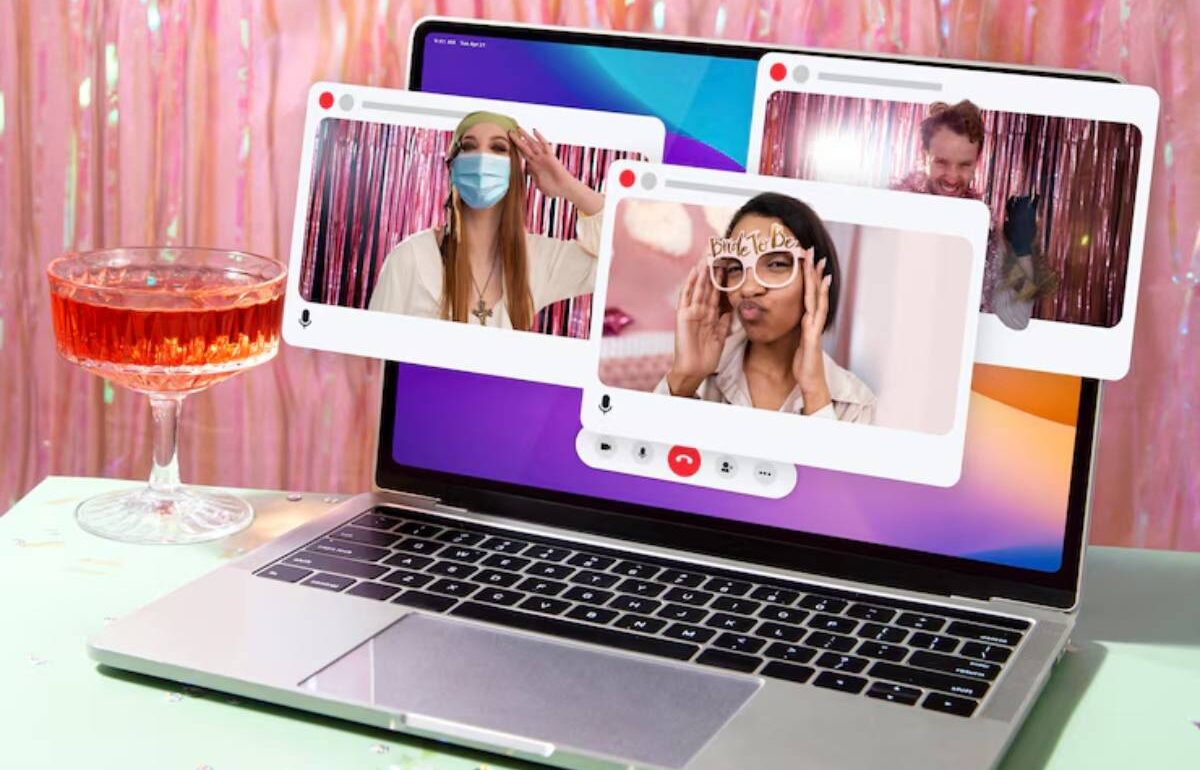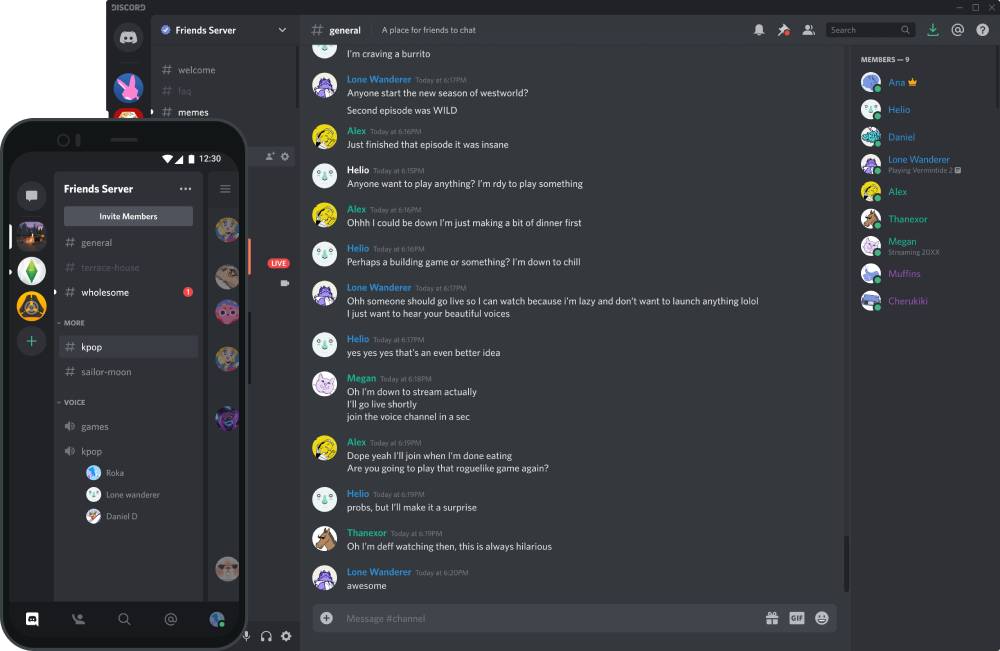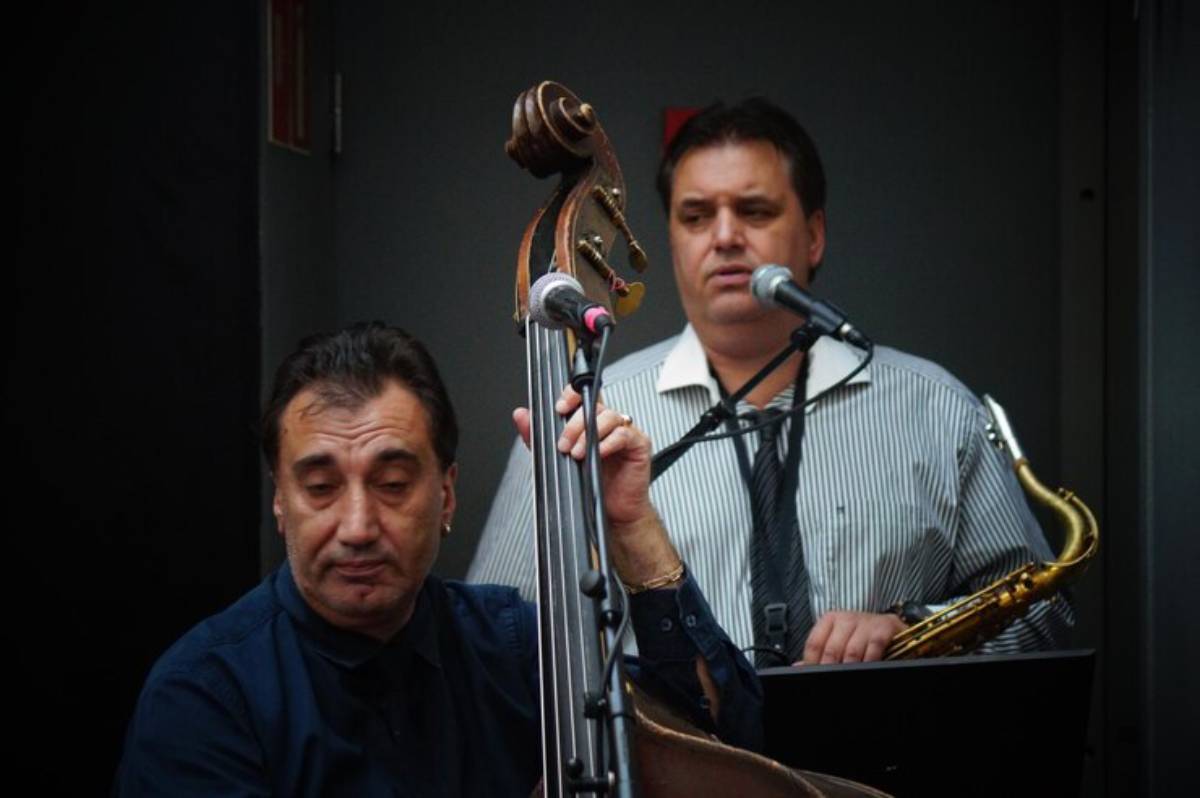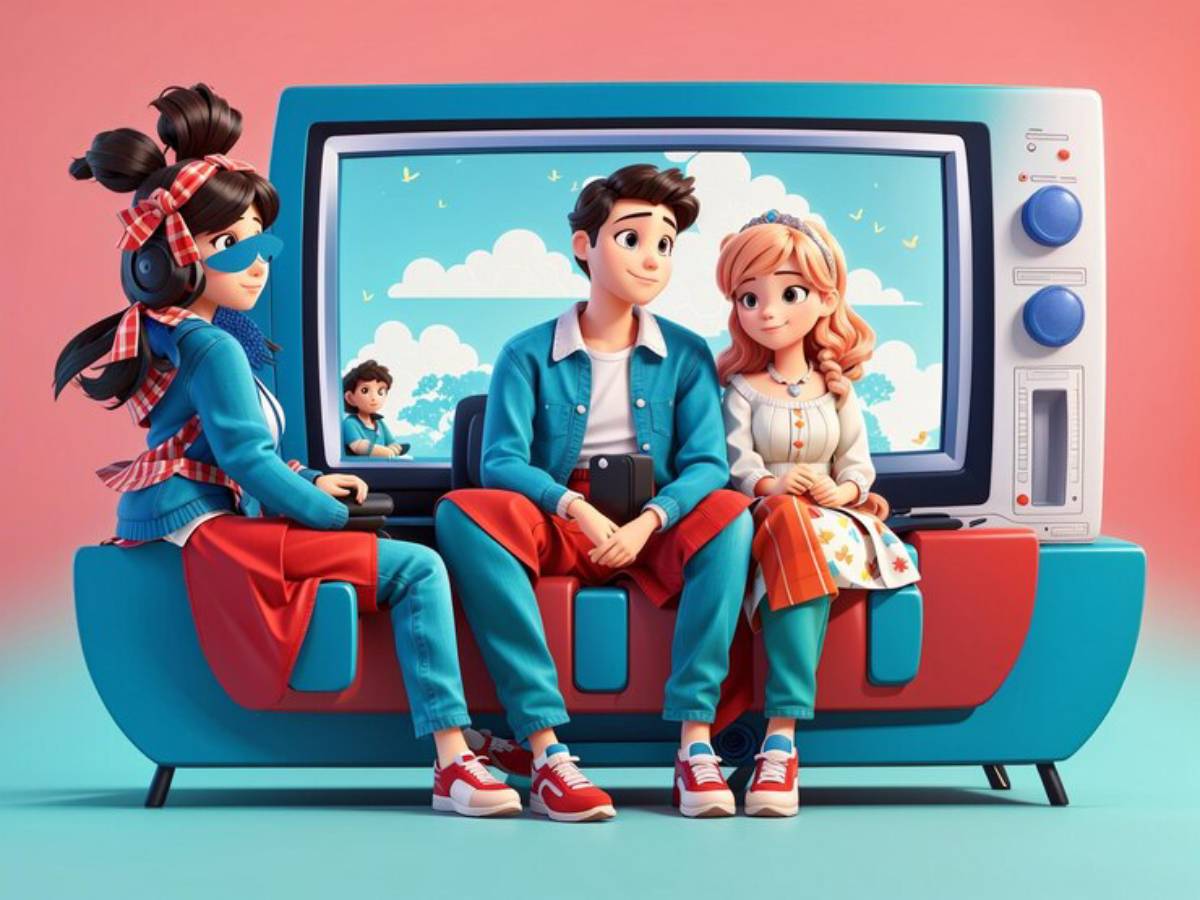
The Rise of Virtual Fandom Spaces and Online Watch Parties
Fandom has always been about connection—shared excitement, inside jokes, and that unspoken bond between people who love the same show, movie, or character. But as more of our lives move online, the way fans connect is changing too. Welcome to the world of virtual fan meetups, digital conventions, and real-time TV show watch parties, where distance no longer stands in the way of community.
Today’s online fan communities are more than just forums or social media pages. They’re immersive, creative, and global. Whether gathering in a Discord server, hopping into a VR hangout, or streaming the latest season premiere together on Zoom, fans are building digital spaces that are just as vibrant—and sometimes more inclusive—than their in-person counterparts.
In this post, we explore how these virtual fandom spaces have evolved, what makes them so appealing, and why they’re becoming a key part of pop culture in the streaming era.
From Message Boards to Digital Living Rooms

Before social media, fans gathered in chat rooms, message boards, and fanfiction archives. These text-based and often slow-moving spaces laid the foundation for the passionate, organised fandoms we see today.
Now, those same communities have grown into interactive hubs with voice channels, livestreams, memes, and instant reactions. People from around the world are watching, laughing, and theorising together—all in real time.
What’s changed:
- Speed: Real-time chats and streams allow for instant reactions
- Tools: Platforms like Discord, Twitch, and TikTok offer new ways to engage
- Access: It’s easier than ever to join from anywhere
- Visuals: Fans now design banners, edit videos, and create animated content together
Instead of just consuming media, fans are helping shape its culture through shared experiences.
Why Online Fan Communities Matter
At the heart of every fandom is a need for connection. And in many ways, online fan communities offer that connection more freely than ever before.
Key benefits include:
- Accessibility: You don’t need to travel or buy tickets—you just need an internet connection.
- Inclusivity: Fans from all backgrounds, locations, and identities can participate equally.
- Creative freedom: People share fan art, write fanfiction, and make memes at an incredible pace.
- Emotional support: Communities often provide a safe place to share feelings, especially when shows tackle meaningful topics.
- Belonging: For many, fandom is not just about the content—it’s about the people they meet through it.
Online spaces allow fans to build lasting friendships, even if they’ve never met in person.
The Popularity of Virtual Fan Meetups
Conventions used to be the ultimate destination for fans—but they came with limitations: travel costs, long lines, and limited capacity. In recent years, virtual fan meetups have changed the game.
These digital events can range from informal hangouts to full-scale, platform-hosted conventions. You might attend:
- A live Q&A session with show creators
- A digital fan art gallery
- A trivia night hosted on a voice channel
- A themed cosplay party over video chat
- A panel discussion streamed via YouTube or Twitch
The advantage? Everyone gets a front-row seat.
Platforms like Zoom, Discord, Gather, and VRChat have become popular venues for these events. And because they’re not tied to physical space, they can be more frequent, more intimate, and more affordable than traditional conventions.
TV Show Watch Parties: The New Friday Night Ritual
Remember gathering with friends to watch a season finale? While many now stream on demand, the desire for shared viewing hasn’t gone away—it’s just gone digital. TV show watch parties are bringing back that communal experience, whether it’s the first episode of a new hit series or a rewatch of a fan favourite.
What makes them special:
- Live chat: Watch parties often include real-time discussion, memes, and emotional support
- Reaction sharing: Fans love seeing how others respond to plot twists, reveals, or emotional scenes
- Themed events: Some groups dress up, play drinking games, or set up bingo cards
- Recurring nights: Weekly group viewings help recreate the rhythm of old-school broadcast TV
Streaming platforms like Amazon Prime Video and Disney+ have introduced built-in group viewing features. Third-party apps like Teleparty (formerly Netflix Party) and Scener also let users sync streams and chat in real-time.
It’s not just about watching—it’s about watching together.

Fandom in the Age of Streaming
Streaming has changed how we consume stories—and how we form communities around them. With entire seasons dropping at once, fans no longer have to wait week by week. But that also means reactions and discussions happen faster and in bigger waves.
Online fan communities now operate in “content bursts,” reacting in real-time to new drops, crafting theories overnight, and organising digital events within days of release.
This leads to:
- Faster community growth after major releases
- Quicker content creation (fan videos, memes, essays)
- More global interaction, as fans in different time zones connect
- Stronger fan-led promotion, with communities helping boost shows organically
Fandom has always been fast-moving, but in the streaming era, it’s become a lightning-speed conversation—one that’s always happening somewhere online.
The Role of Creators and Cast
Another big change? Many creators and actors are now part of these digital spaces. It’s not unusual for a showrunner to join a Reddit thread or an actor to pop into a fan livestream.
This direct interaction can include:
- Surprise video drops or teaser reveals
- Answering fan questions via social media
- Participating in virtual fan meetups
- Hosting or joining official TV show watch parties
For fans, it’s thrilling. For creators, it builds loyalty and buzz. The line between audience and storyteller is becoming more collaborative—and more personal.
Are Virtual Spaces the Future of Fandom?
Not every fan prefers online interaction, and in-person events still have their charm. But the growth of virtual spaces suggests they’re here to stay.
Why they’re not going anywhere:
- They offer flexibility and global access
- They can scale up or down depending on the event
- They’re easier to organise, especially for smaller fandoms
- They’re inclusive by design—welcoming to fans who might feel left out elsewhere
More importantly, they reflect how fandom has always worked: people coming together to celebrate, discuss, and feel connected through a shared passion.
Final Thoughts: A New Kind of Togetherness
Fandom has never been just about the content—it’s about the community that grows around it. And now, that community is thriving in new and exciting ways. Whether through TV show watch parties, fan-led panels, or creative forums, online fan communities are building a digital home for passion, creativity, and connection.
Virtual fan meetups and watch parties aren’t replacing traditional fandom—they’re expanding it. And for fans who might not have had a space before, that expansion means everything.


